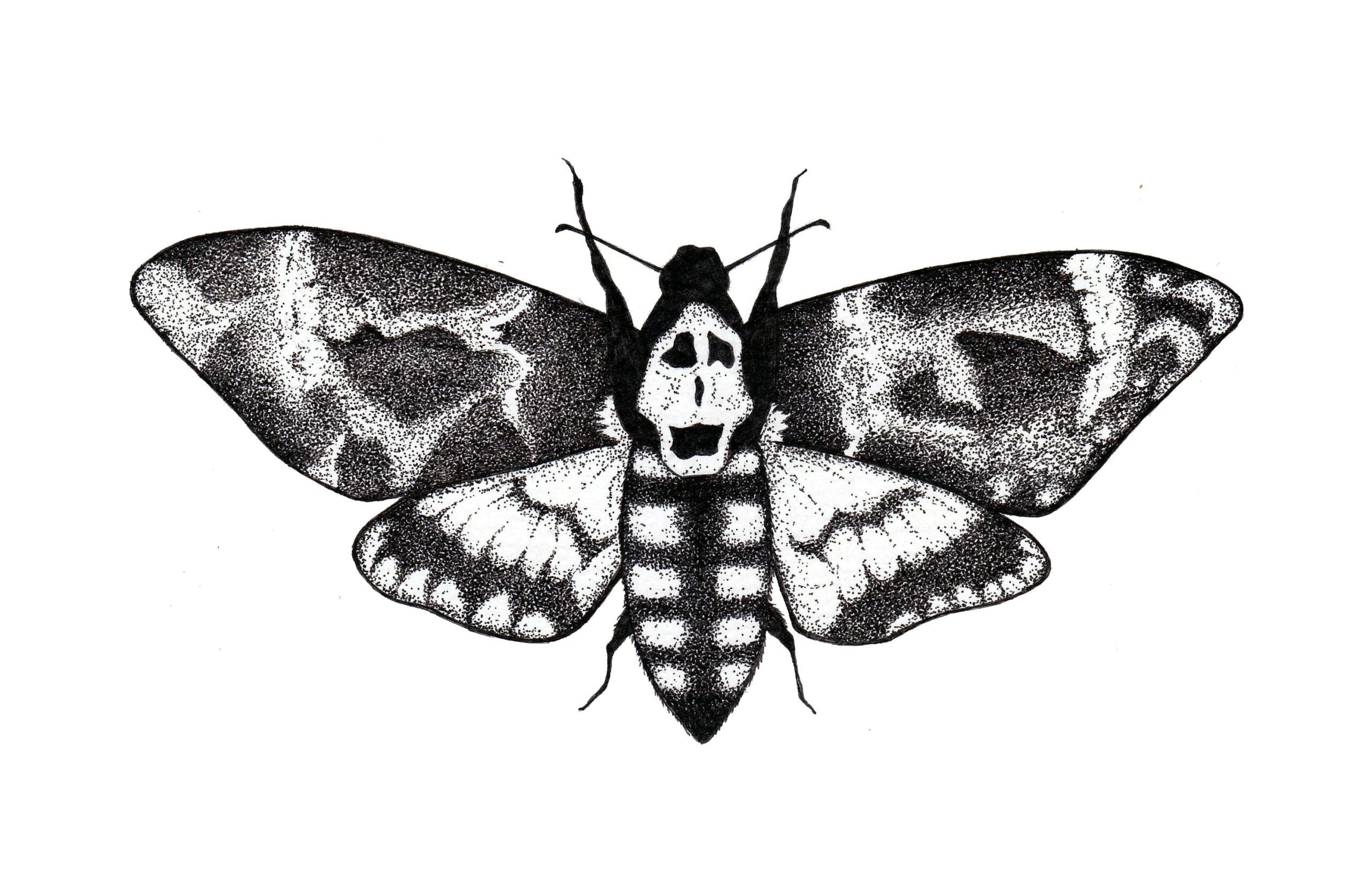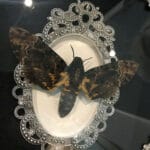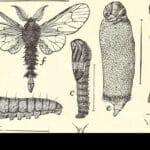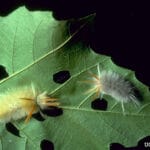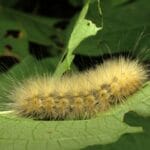The Death’s-Head Hawkmoth (Acherontia styx) in The Silence of the Lambs isn’t merely a prop; it’s a chilling embodiment of Buffalo Bill’s (Jame Gumb’s) twisted yearning for transformation and the dark perversion of natural metamorphosis. This article explores the moth’s multifaceted symbolism within the film, delving into its biological reality, cultural significance, and the psychological depths it illuminates.
The Moth’s Metamorphosis: A Twisted Reflection
Buffalo Bill’s obsession with becoming a woman fuels his horrific crimes. He views himself as undergoing a transformation, mirroring the moth’s journey from larva to pupa to adult. However, his methods are a grotesque parody of the natural world, a violent corruption of the moth’s elegant metamorphosis. He covets the moth’s natural rebirth but attempts to achieve his own through murder and skinning his victims. The placement of the pupae—the transformative cocoon stage—in the throats of his victims is a particularly disturbing detail. This act likely symbolizes Bill’s own incomplete, stunted transformation, forever trapped in a state of becoming, much like a pupa unable to emerge as the “woman” he desperately desires to be. This stark juxtaposition between natural transformation and Bill’s violent acts underscores the film’s exploration of identity, obsession, and the disturbing potential lurking within the human psyche.
The Real Death’s-Head Hawkmoth: Fact and Fiction
The Acherontia styx, one of three Death’s-Head Hawkmoth species, earns its name from the distinct skull-like marking on its thorax. This naturally occurring feature has long associated the moth with death, misfortune, and the supernatural across various cultures. While these moths are known to raid beehives for honey, emitting a high-pitched squeak in the process, they are essentially harmless creatures playing their role in the ecosystem. The film leverages this pre-existing folklore, amplifying the moth’s inherent eeriness to enhance the horror and underscore Bill’s disturbed mindset. Ongoing research into insect symbolism in art and literature suggests the moth’s significance may be even more nuanced, perhaps embodying themes of control, dominance, or the uncanny—the unsettling feeling evoked by the familiar made strange, much like Bill’s distorted perception of himself and others. Prepare to uncover the enigma of your existence as you delve into the cosmic map of starseed birthmarks. These celestial clues hold the key to unlocking the mysteries of your extraterrestrial origins.
Acherontia styx: Beyond The Silence of the Lambs
While Acherontia styx is often cited in relation to the film, other Death’s-Head Hawkmoth species (Acherontia atropos and Acherontia lachesis) share similar markings and symbolic weight. This broader context suggests a more universal unease associated with these insects, perhaps tapping into a primal fear related to their dramatic metamorphosis—a process resembling death and rebirth within a single creature. Some entomologists theorize that the skull-like marking may have evolved as a defense mechanism, mimicking the skull of a small rodent to deter predators. While the exact evolutionary path remains uncertain, this theory adds another layer of intrigue to the moth’s symbolism.
Decoding the Iconic Poster: A Skull Within a Skull
The film’s poster is a masterpiece of visual communication. The Death’s-Head Hawkmoth, wings spread, dominates the image. However, a closer look reveals a skull superimposed on the moth’s thorax. This skull image is not a natural marking but a manipulation derived from a photograph of a Salvador Dalí artwork featuring nude female figures arranged in a skull shape. This artistic choice amplifies the moth’s inherent symbolism, creating an iconic visual shorthand for the film’s themes. This powerful imagery instantly communicates death, transformation, psychological horror, and the unsettling depths of the human psyche. The manipulated moth image, confirmed by a Snopes fact-check, adds another layer of artifice and distortion, mirroring Bill’s own warped perception of reality.
The Moth as a Multilayered Symbol
The Death’s-Head Hawkmoth in The Silence of the Lambs functions as a complex symbol open to interpretation. While some may view it simply as a creepy visual element, its presence resonates on multiple levels:
- Transformation and Rebirth: The moth’s natural life cycle embodies the concept of metamorphosis, a powerful symbol of change and renewal. Bill perverts this natural process, attempting to force his own “rebirth” through violent means.
- Death and the Macabre: The skull-like marking and the moth’s nocturnal habits contribute to its long-standing association with death and the supernatural, amplifying the film’s unsettling atmosphere.
- Identity and Obsession: The moth becomes a potent symbol of Bill’s obsessive desire to change his identity, reflecting his warped perception of self and his desperate yearning for transformation.
- The Uncanny: The moth’s distorted form on the poster—a skull within a skull—evokes a sense of the uncanny, mirroring Bill’s distorted view of the world and the unsettling nature of his crimes.
The Death’s-head Hawkmoth in The Silence of the Lambs continues to fascinate and provoke discussion. Its presence adds depth and complexity to the film, inviting viewers to explore the dark recesses of the human mind and the unsettling power of transformation.
- Georgia Platform: A Southern Strategy, 1850s - March 31, 2025
- How many weeks is 40 days: Quick Conversion Guide for Accurate Results - March 31, 2025
- How many feet is 300 meters? 984 Feet: Understand Length Conversions Easily - March 31, 2025
